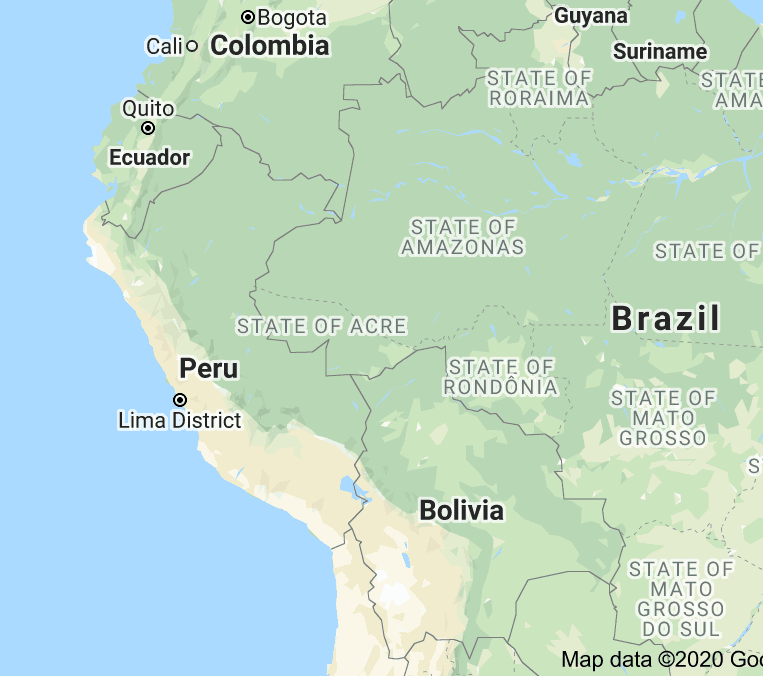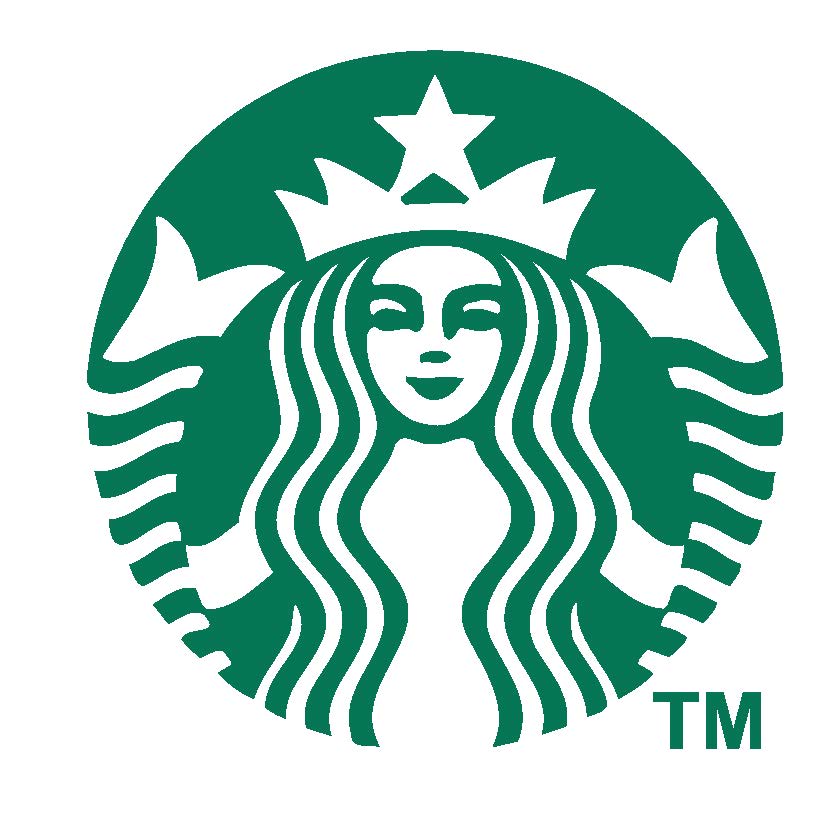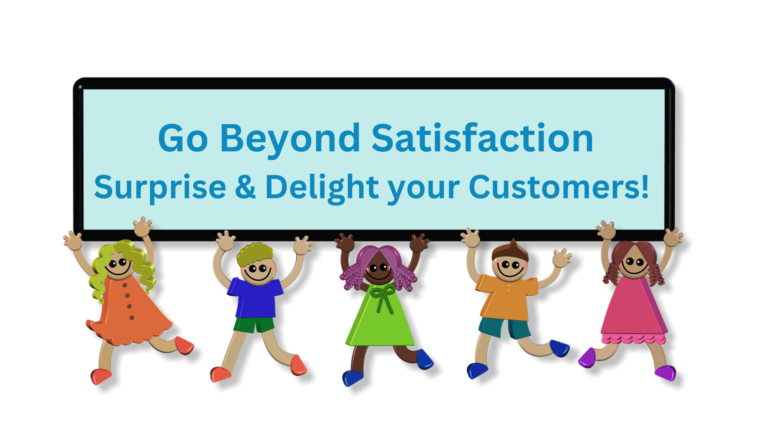If you follow me on social media, you’ll know that I’ve just returned from a three-week visit to Peru. I had the privilege of being the keynote speaker at IIEX-Latam in Lima and decided to take time off to visit the country after the conference. How glad I was that I took that decision, because I discovered that Peruvians are experts in customer delight!
 Peru is an understated yet remarkable country that deserves a more amazing reputation than I believe it has today. While its image is dominated by Machu Picchu, this wonderful l and has so much more to offer visitors. From the sprawling cities of Lima and Arequipa to the rugged desolation of the high altitude desert plains and the humid cloud forests, I quickly fell in love with the country and its people.
Peru is an understated yet remarkable country that deserves a more amazing reputation than I believe it has today. While its image is dominated by Machu Picchu, this wonderful l and has so much more to offer visitors. From the sprawling cities of Lima and Arequipa to the rugged desolation of the high altitude desert plains and the humid cloud forests, I quickly fell in love with the country and its people.
Of course, my mind is never far from work and I realised that I was so enamoured by this country because it’s people have customer centricity down to a fine art. They are happiest when they are delighting their visitors. Let me share a few of the surprising experiences I had on my trip – I’m not referring to the amazing l andscapes – and which I hope will inspire your own customer centricity!
You’re welcome
Nowhere is this truer than in Peru. The North Americans may be quicker to wish you a good day, or to ask how your trip was, but they don’t really expect nor hear your answer.
It is the opposite in Peru. They go out of their way to ensure you are happy, even when you can’t speak their language.
A warm welcome is something you show your customers, consumers, and clients. It is not a simple phrase repeated without depth or substance. It is caring about how you can deliver customer delight. So how do you show your customers that they are truly welcome?
If you have a digital presence and have an opt-in form, then this is by sending back a welcome email immediately, introducing yourself and thanking your customer for signing up. You’d by amazed in this day of simplified automation, that not all websites have this welcome programmed within their sales funnel!
 According to research conducted last year by Microsoft human beings have an 8-second attention span these days. And yes that’s shorter than a goldfish! But more than 70% of consumers expect a welcome email when they subscribe to your offer, according to BlueHornet. So why disappoint a third of your customers before you’ve even started your relationship with them, by not thanking them? Another reason to respond rapidly is that real-time welcome emails see more than 10x the transaction rates and revenue per email over batched welcome mailings according to Experian.
According to research conducted last year by Microsoft human beings have an 8-second attention span these days. And yes that’s shorter than a goldfish! But more than 70% of consumers expect a welcome email when they subscribe to your offer, according to BlueHornet. So why disappoint a third of your customers before you’ve even started your relationship with them, by not thanking them? Another reason to respond rapidly is that real-time welcome emails see more than 10x the transaction rates and revenue per email over batched welcome mailings according to Experian.
Another way of welcoming your customers’ business is by providing additional value. We all know how Amazon remain the first and best at this with their recommendation engine. But there are many other organisations working with recommender systems, including Netflix, social media platforms Facebook, Twitter and LinkedIn and retail giant Ikea.
Do you have something similar to offer your customers? Whether it’s an additional free offer, or a paid product or service, your customers are connected, so make use of their engagement to provide even greater value. And speaking of value:
We value your business
The evidence of just how much Peruvians appreciate their visitors again comes down to the warmth of their welcome. But they go even further; I felt that I was treated with real respect. Nothing was ever too much trouble and apologies abounded for even the slightest mishap. The hotel front desk couldn’t immediately answer my question? Profuse apologies, not a canned “sorry to have kept you waiting.” The restaurant waiter had to make me wait thirty seconds to provide something? Profuse apologies and perhaps even a small extra such as a drink or special treat.
On my first day, I spent the morning getting a local SIM card and changing money. Now I agree that back home these two tasks would have taken me about thirty minutes, but I wouldn’t have enjoyed them nearly as much. They would have been chores to accomplish as quickly as possible. I would have tolerated the queues and been irritated by the time lost waiting to be served.
Not in Peru. In the bank, I was treated to a comfortable sofa, coffee and a TV channel to watch, as my name moved quickly up the waiting list on the large central screen. In the phone company’s retail outlet, I was shown to the front of the line as a “valued new customer.” And then, of course, I got the traditional apology for being kept waiting. None of the tiring, stand-up queues we find in most cities.
How do you show your customers that you value their business? I hope not merely by saying that you do – if so, reread the previous point again! Don’t you get irritated when calling a company to hear those automated “your call is important to us” messages before being put on hold for ten, twenty, thirty or more minutes? So why would you think that your customers accept such “lies”? You’re certainly not proving that they are important to you. Find ways to make their wait more comfortable, if not enjoyable. Read ” Changing perception: Simple ways to improve your customers’ waiting experience” on Business.com for some great suggestions from Sarah Pike.
We want you to be delighted
There is still a lot of talk about customer delight and satisfaction, but there really is a huge difference. Satisfaction is meeting the minimum standard of service. Delight happens when people are both satisfied and surprised by the level of service or quality you provide. If you can’t provide an alternative solution such as automatic call back, chat or email response, then at least give the caller an idea of how much time they need to wait. It would be even better if you could suggest a better time for them to call back when lines would be less busy if they prefer, rather than making them merely wait. Treat your customers as you would like to be treated is not a hollow rule for businesses to think about customer delight and service.
In Peru, after every interaction with someone, I was always asked if there was anything else I needed. Again not the automatic response upon the completion of a job, but a real desire to provide more than just satisfactory service.
So what are you offering your customers? The lowest acceptable service level at the highest price possible? Do you even know what would delight your customers? When did you last check how their dem ands have changed? We are all excited by novelty, but it makes customer delight difficult to maintain if we don’t have our finger on the pulse of the market. As one of the young digital marketers I follow says “you can never go wrong by offering true value.” (I’m speaking about Neil Patel of course) So don’t target anything less than surprise and delight; satisfaction is no longer enough. (See ” The new challenge of marketing: Customer satisfaction is not enough!” for more on this topic)
Enjoy the ride, not just the destination
 I am sitting on the Andean Explorer as I write the first draft of this post. It is part of what used to be known as the Orient Express Group, which recently changed its name to the Belmond Group because it offers more than just train services. I mention this group because they have customer delight in their blood. You could say it’s old-fashioned in today’s world and I, unfortunately, would agree.
I am sitting on the Andean Explorer as I write the first draft of this post. It is part of what used to be known as the Orient Express Group, which recently changed its name to the Belmond Group because it offers more than just train services. I mention this group because they have customer delight in their blood. You could say it’s old-fashioned in today’s world and I, unfortunately, would agree.
According to Wikipedia, “slow” lifestyles first emerged in the slow food movement. It emerged in Italy in the ’80s and ’90s as a reaction to fast food, emphasizing more “traditional” food production processes. Too often today we race from one action or experience to another. Think about all the photos you take which mean you never really see the places you visit until you get home and review the slides. What a waste!
I recently experienced just such a regret myself after a flight over the Nazca Lines. I have a few blurry images taken through the scratched windows of the small plane on which I flew. A fellow traveller told me that his pilot told him not to take any photos but to admire the view. I so wish I had done that. What I had expected to be the highlight of my whole trip, turned out to be just an uncomfortable scramble to see all the figures as the plane banked steeply, first in one direction and then the other. The photos on Internet are far better than any I could have taken!
This train ride is another example of luxuriating in a “slow” experience. You could take the luxury coach service from Puno to Cusco and arrive four hours earlier. But you would miss the experience I am having. I actually don’t want the ride to end! Do your customers feel the same about your product or service?
We want you to feel comfortable
 One of the many surprises in Peru was their transport system. They rely primarily on coach services between the major cities, but they are unlike anything I’ve seen anywhere else around the world.
One of the many surprises in Peru was their transport system. They rely primarily on coach services between the major cities, but they are unlike anything I’ve seen anywhere else around the world.
The value for money is outstanding. Your luggage is taken from you when you arrive, similar to airport check-in; no hauling your bags on and off the train or coach. Meal service is a three-star affair, not the snacks that most airlines offer today. Cozy blankets and pillows are provided, together with headphones and a personal entertainment system. And the seats, oh the seats! They would put every airline business class to shame! They recline to a comfortable sleeping position with plenty of space for personal belongings.
 So how do you make your own customers feel more comfortable? Today’s customers will pay for experience, not for commodities. Which are you offering? With the similarities of products and services today, customers remember how you make them feel, far less than the price they paid. This is why we happily pay five dollars for a cup of coffee at Starbucks or five to ten times the economy price to fly Business or First. Improve your customers’ experience and they will happily pay more. According to Oracle, 86% of customers will pay more for a better customer experience, but 82% of customers have left a company because of a bad customer service experience. These are HUGE numbers to be ignored at your peril!
So how do you make your own customers feel more comfortable? Today’s customers will pay for experience, not for commodities. Which are you offering? With the similarities of products and services today, customers remember how you make them feel, far less than the price they paid. This is why we happily pay five dollars for a cup of coffee at Starbucks or five to ten times the economy price to fly Business or First. Improve your customers’ experience and they will happily pay more. According to Oracle, 86% of customers will pay more for a better customer experience, but 82% of customers have left a company because of a bad customer service experience. These are HUGE numbers to be ignored at your peril!
We know we can do better
Almost every tour I went on, every guide I had to show me around and every hotel or restaurant I went to, asked me to complete a short survey if I could spare the time. And when I say short I mean short. They rarely if ever went over one page. Just a few, essential questions and a request to comment on what they could have done better to make my visit even more enjoyable.
How many of your own customer satisfaction surveys ask only the essential, actionable questions? Even if you collect answers, do you make regular use of their analysis to improve your customers’ experience? Every business could benefit from following what their customers think of them and I don’t mean by simply tracking your NPS! (Net promoter score) Apart from its now questioned validity, are you even sure that this metric is relevant to your industry? If you’ve never compared your results to sales trends, do so; you are likely in for a shock!
Of course, not everything is perfect in Peru. There’s a lot of rubbish along the side of the roads in the countryside. But there are also a lot of recycling bins everywhere. They are trying hard to educate the locals that the country depends on tourism and as such they must value and protect their own country, as much as the visitors do.
My trip in Peru was truly a “once in a lifetime” experience. Hopefully, the ideas from my experiences have inspired you to make some changes in how you treat your own customers, whatever industry you are in.
I’d love to hear about any “ah-ha” moments you had while reading this post. If you have further thoughts on how we could all increase customer delight in our businesses then please share them with the thousands of readers here. Thanks a lot.
And finally, if you know you could be doing better in terms of customer delight, take a look at our training sessions and then contact us for a quick chat about your challenges.






